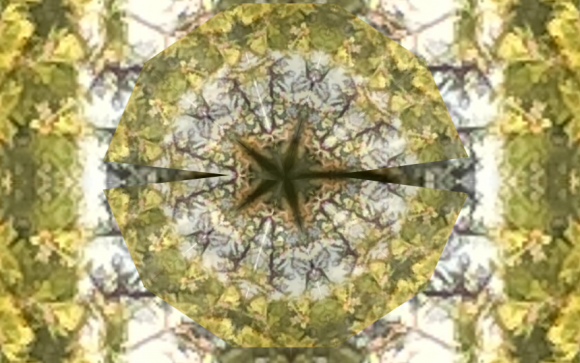I continue looking into the implied theory of ghosts in Reginald Hill’s short story “There are No Ghosts in the Soviet Union”. Now that we’ve dealt with the pseudoscientific psychobabble, and outlined Chislenko’s reasoning, let’s look more deeply into the actual theory it implies.
4. In order to discuss the first premise we have to catch up on a bit of ontological background. For that, I’ll use Strawson’s views on the metaphysical status of persons (mainly from his Individuals). They are not without problems, but they allow me to depart from a more sophisticated starting point than simple materialist or dualist positions, and if anything, we’ll be going further rather than less far in the direction which Strawson already pushes.

In his ontology, the category of persons is primitive: it cannot be reduced to ontologically prior notions: “The concept of a person is not to be analysed as that of an animated body or of an embodied anima.” (Individuals, 103.) Since Strawson, up to the point where he discusses the status of persons, has constructed an ontology with only one primary notion (material bodies), this denial is somewhat lop-sided: its force is mainly to delineate the new concept from that of material bodies — persons cannot be reduced to bodies (by specifying certain attributes, say, even emergent attributes). The point that they can also not be reduced towards the other side, i.e. to something like a soul or ego without body, comes almost as an afterthought.
That is partly because the notion of a person’s ego as a substantial ontological category has long been discredited in modern philosophy: at least since Hume and Kant, it has been taken as established that the “I” that figures in mental occurrences (such as thoughts, perceptions, or memories) is not something substantial, but rather a formal condition, an attribute of the perceptual and linguistic system that enables such mental occurrences in the first place. There’s a standard line of argument going back to these philosophers that devastatingly criticizes any view that treats the ego as an empirical object instead.
But besides either ascribing full substantiality to egos (as idealism or dualism might do) or treating the ego as a mere theoretical notion referring to something about the experiential apparatus (i.e., a “transcendental” notion, in Kant’s sense), there is a third way of thinking about them, one that Strawson brushes only tangentially, in a passage that sounds like a tying-up-loose-ends discussion:
the concept of a pure individual consciousness, […] though it could not exist as a primary concept to be used in the explanation of a the concept of a person […] might have a logically secondary existence. Thus, from within our actual conceptual scheme, each of us can quite intelligibly conceive of his or her individual survival of bodily death […] having thoughts and memories as at present, visual and auditory experiences largely as at present […] whilst […] having no perceptions of a body [and] having no power of initiating changes in the physical condition of the world […]. (Individuals, 115.)
The presence of the notions of a person, of bodies and of their egos (understood as integrated consciousness, the sum of their psychological episodes) — all in our conceptual framework as it happens to be, entails that we can think of, or imagine a pure consciousness in a derivative way: we think of (or imagine) a former person who is no longer embodied. It may not be a realistic thought (or image) in the sense that perhaps there could be no such configuration in the actual world. But that’s nothing unusual: the same applies to winged horses or people being “beamed” around planets and spaceships. The world we can logically construct in our thought and images is larger than the universe that is strictly empirically possible. (It always has been.)
What this means for the notion of a pure consciousness, then, is that it is logically secondary to that of a person (which is a real, and primitive, ontological category), as Strawson carefully notes:
We speak of a dead person — a body — and in the same secondary way we might at least think of a disembodied person. A person is not an embodied ego, but an ego might be a disembodied person, retaining the logical benefit of individuality from having been a person. (Individuals, 103.)
There are two subtle, but very important claims here. One is that an ego, in this sense of a disembodied person, must be something that necessarily has a history of being a person. Were we to take this away (or were the disembodied ego to lose track of that), it would be no longer conceivable, even in this secondary sense (see esp. Individuals, 116). And the second is that we can identify and re-identify such an ego, by virtue of having been able to identify the person that it formerly was. Disembodied egos in that logically secondary sense are still individuated, derivatively, but within the same system of reference to which persons and material bodies also (and primarily) belong.
With this background in place, we can now go back to Hill’s story, and the implied theory of ghosts — for you’ve already guessed it: that theory is based on an idea very similar to what Strawson captures in his logically secondary notion.



